#birds eye speedwell
Text
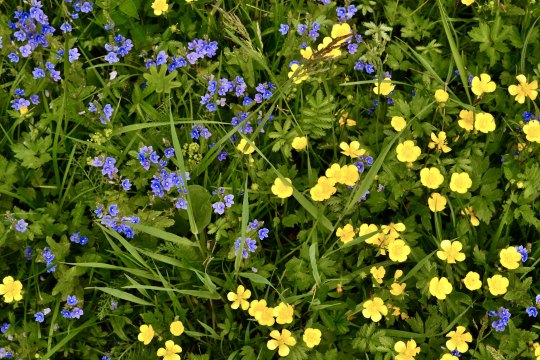
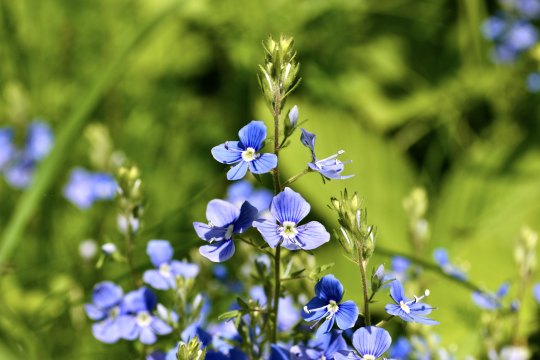

Spring flowers (2) (3) by EVGEN SLAVIN
190 notes
·
View notes
Text



#Veronica chamaedrys#the germander speedwell#bird's-eye speedwell#cat's eyes#photography#mine#nature#nature photography#original photographers#close up#flower#flower photography#floral#flowers
19 notes
·
View notes
Text

オオイヌノフグリ(2月16日)#路傍の植物園
Przetacznik perski (Veronica persica)
birdeye speedwell, common field-speedwell, Persian speedwell, large field speedwell, bird's-eye, or winter speedwell (Veronica persica)
#Veronica persica#Przetacznik perski#birdeye speedwell#common field-speedwell#Persian speedwell#large field speedwell#bird's-eye#winter speedwell#flowers#kwiaty#japan
3 notes
·
View notes
Text

#heineken#occhi di Madonna#blue#azzurro#bird's eye#speedwell#veronica#persica#common#💙#🌱#stella#star#rossa#⭐️#birra#beer#erba
2 notes
·
View notes
Video
n124_w1150 by Biodiversity Heritage Library
Via Flickr:
Plantarum indigenarum et exoticarum icones ad vivum coloratae, oder, Sammlung nach der Natur gemalter Abbildungen inn- und ausländlischer Pflanzen, für Liebhaber und Beflissene der Botanik /. . biodiversitylibrary.org/page/44510387
#Botany#fast#Pictorial works#Plants#Harvard University Botany Libraries#bhl:page=44510387#dc:identifier=http://biodiversitylibrary.org/page/44510387#Veronica multifida#flickr#Veronica#Veronica plant#gypsyweed#bird's eye#speedwell#botanical illustration#scientific illustration
0 notes
Text
Chemically sterilized...or mechanically sterilized?
It is clear that applying chemicals to your yard and landscape, be it fertilizers, weed killers, or pesticides, has devastating effects to the community of life that is present in every place.
But is the terrifying decline in insects explainable by chemicals alone?
When i am in mowed environments, even those that I know have no lawn chemicals, they are almost entirely empty of life. There are a few bees and other insects on the dandelions, but not many, and the only birds I see are American robins, Grackles, and European starlings.
Even without any weed killers at all, regular mowing of a lawn type area eliminates all but a few specially adapted weeds.
The plants of a lawn where I live include: Mouse ear chickweed, Birds-eye Speedwell, Common blue violet, Dandelion, Wild Garlic, Creeping charlie, White Clover, Black Medick, Broad-leaved plantain, Mock Strawberry, Crabgrass, Small-flowered Buttercup, Ribwort Plantain, Daisy Fleabane, a few common sedges, Red Deadnettle...That sounds like a lot of plants, but the problem is, almost all of them are non-native species (Only Violets, Daisy Fleabane, and the sedges are native!) and it's. The Same. Species. Everywhere. In. Every. Place.
How come...? Because mowed turf is a really specific environment that is really specifically beneficial to a number of almost entirely European plants, and presents stressors that most plants (including almost all native north american plants) simply can't cope with.
The plants mentioned above are just the flowering weeds. The grasses themselves, the dominant component of the lawn, are essentially 100% invasive in North America, many of them virulently and destructively invasive.
Can you believe that Kentucky bluegrass isn't even native to Kentucky? Nope, it's European! The rich pasture of the Bluegrass region of Kentucky was predominantly a mix of clover, other legumes, and bamboo. The clovers—Kentucky clover, Running buffalo clover, and buffalo clover—are highly endangered now (hell, kentucky clover wasn't even DISCOVERED until 2013) and the bamboo—Giant rivercane, Arundinaria gigantea—has declined in its extent by 98%. Do European white and red clovers fulfill the niches that native clovers once did? Dunno, probably not entirely.
One of the biggest troubles with "going native" is that North America legitimately does not have native grass species that really fill the niche of lawn. Most small, underfoot grassy plants are sedges and they are made for shady environments, and they form tufts and fancy sprays, not creeping turf. Then there's prairie grasses which are 10 feet tall.
What this means, though, is that lawns don't even remotely resemble environments that our insects and birds evolved for. Forget invasive species, lawns are an invasive BIOME.
It's a terrible thing, then, that this is just what we do to whatever random land we don't cover in concrete: back yards, road margins, land outside of churches and businesses, spaces at the edges of fields, verges at bypasses and gas stations...
Mowing, in the north american biomes, selects for invasive species and promotes them while eliminating native species. There's no nice way to put it. The species that thrive under this treatment are invasive.
And unfortunately mowing is basically the only well-known and popular tool even for managing meadow and prairie type "natural" environments. If you want to prevent it from succeeding to forest, just mow it every couple of years.
This has awful results, because invasive species like Festuca arundinacea (a plant invented by actual Satan) love it and are promoted, and the native species are harmed.
Festuca arundinacea, aka Tall Fescue, btw is the main grass that you'll find in cheap seed mixes in Kentucky, but it's a horrific invasive species that chokes everything and keeps killing my native meadow plants. It has leaves like razor blades (it's cut me so deeply that it scarred) and has an endosymbiont in it that makes horses that eat it miscarry their foals.
And this stuff is ALL OVER the "prairie" areas where I work, like it's the most dominant plant by far, because it thrives on being mowed while the poor milkweeds, Rattlesnake Master and big bluestems slowly decline and suffer.
It's wild how hard it is to explain that mowing is a very specific type of stressor that many plants will respond very very negatively to. North American plants did not evolve under pressures that involved being squished, crushed, snipped to 8 inches tall uniformly and covered in a suffocating blanket of shredded plant matter. That is actually extremely bad for many of the prairie plants that are vital keystone species. Furthermore it does not control invasive species but rather promotes them.
Native insects need native plant cover. Many of them co-evolved intimately with particular host plants. Many others evolved to eat those guys. And Lord don't get me started on leaf removal, AKA the greatest folly of all humankind.
So wherever there is a mowed environment, regardless of the use of chemicals or not, the bugs don't have the structural or physical habitat characteristics they evolved for and they don't have the plant species they evolved to be dependent on.
Now let's think about three-dimensional space.
This post was inspired when I saw several red winged blackbirds in the unmowed part of a field perching on old stems of Ironweed and goldenrod. The red-winged blackbirds congregated in the unmowed part of the field, but the mowed part was empty. The space in a habitat is not just the area of the land viewed from above as though on a map. Imagine a forest, think of all the squirrels and birds nesting and sitting on branches and mosses and lichens covering the trunks and logs. The trees extend the habitat space into 3 dimensions.
Any type of plant cover is the same. A meadow where the plants grow to 3 feet tall, compared with a lawn of 6 inches tall, not only increases the quality of the habitat, it really multiplies the total available space in the habitat, because there is such a great area of stems and leaves for bugs and birds to be on. A little dandelion might form a cute little corner store for bugs, A six foot tall goldenrod? That's a bug skyscraper! It fits way more bugs.
It's not just the plants themselves, it's the fallen leaves that get trapped underneath them—tall meadow plants seem to gather and hoard fallen leaves underneath. More tall plants is also more total biomass, which is the foundation of the whole food chain!
Now consider light and shade. Even a meadow of 3ft tall plants actually shades the ground. Mosses grow enthusiastically even forming thick mats where none at all could grow in the mowed portions. And consider also amphibians. They are very sensitive to UV light, so even a frog that lives in what you see as a more "open" environment, can be protected by some tall flowers and rushes but unable to survive in mowed back yard
#anti lawn#kill your lawn#native plants#the ways of the plants#native plant gardening#plants#random#bitching about mowing again
886 notes
·
View notes
Text

Bird's-eye speedwell
#illustration#art#artists on tumblr#illustrator#artwork#character design#digital illustration#illustrators on tumblr#digital painting#painting#flower#wildflowers#wild flowers
688 notes
·
View notes
Text

Flower Kitty Adopts!
These adoptables all take inspiration from flowers, looking at their aesthetic to create a delightful design. Use these designs however you'd like - whether for a Warrior Cats character, or any place where a fine little kitty cat might fit in.
Each design is $20. You may direct message me if you're interested in purchasing one, after which you will receive a transparent png of the character with no watermark over them. I accept payment through Paypal! I hope you enjoy!
Sunflower: OPEN
Baby Blue Eyes: sold
Wild Iris: OPEN
Quaker Ladies: OPEN (yes the bird is whispering in their ear)
Linaria: sold
Showy Speedwell: sold
70 notes
·
View notes
Text
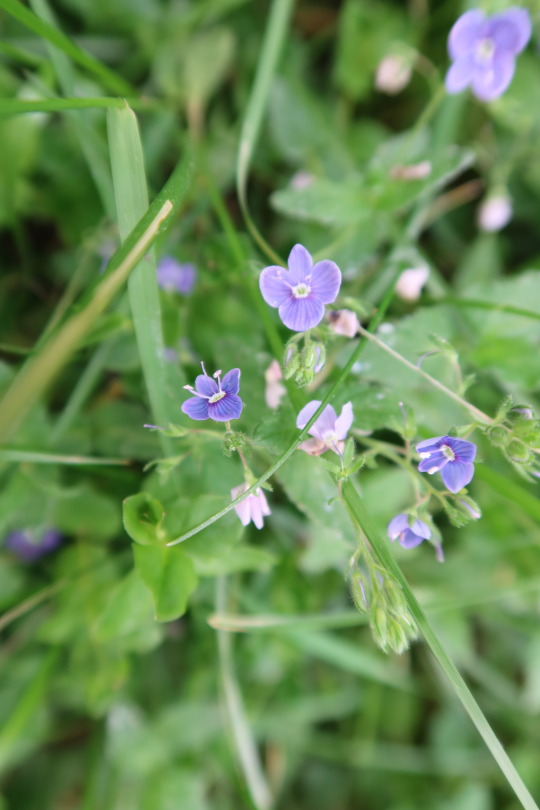
Veronica chamaedrys — germander speedwell a.k.a. bird’s-eye speedwell
17 notes
·
View notes
Text

Bird's eye speedwell (Veronica persica)
8 notes
·
View notes
Text

June might be over, but having pride in the LGBTQIA+ community is a year round celebration in our eyes 🏳️🌈
Here is the first of our two bonus birds—a Fork-tailed Woodnymph in a wreath of Speedwell flowers, celebrating Neptunic Pride 💚🩵💙
#happy pride 🌈#pride#pride birds#art#illustration#pride 2023#pride month#procreate#birds#flowers#fork tailed Woodnymph#woodnymph#hummingbird#speedwell#speedwell flower#neptunic#neptunic pride#lgbtqia+#lgbtqia pride#queer artwork#queer artist
38 notes
·
View notes
Text

Bird's-eye Speedwell
#canon#croatia#europe#photo#photography#hrvatska#photographers on tumblr#original photographers#nature#close up#macro#macrophotography#macro freaks#macro captures#flower#blue
39 notes
·
View notes
Text
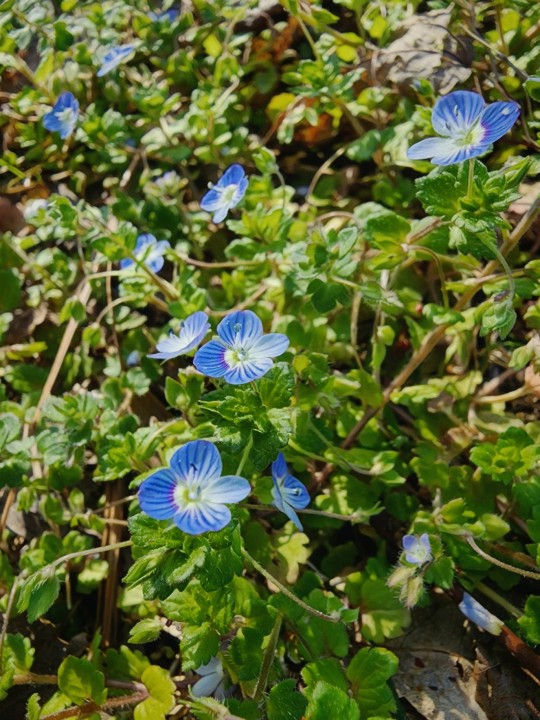
Bird's-Eye
Richmond, Virginia (USA)
Based on a photo from March 5, 2023.
You know Spring has sprung when these little blue flowers appear in the grass: Veronica Persica. Also known by common names such as Bird's-Eye, Creeping Speedwell, Persian Speedwell, Common Field Speedwell, etc.
35 notes
·
View notes
Text




Itty-Bitty Plant Committee 🌱✨
(bird's-eye speedwell, false rue anemone, Forbes' glory-of-the-snow, white clover)
17 notes
·
View notes
Text
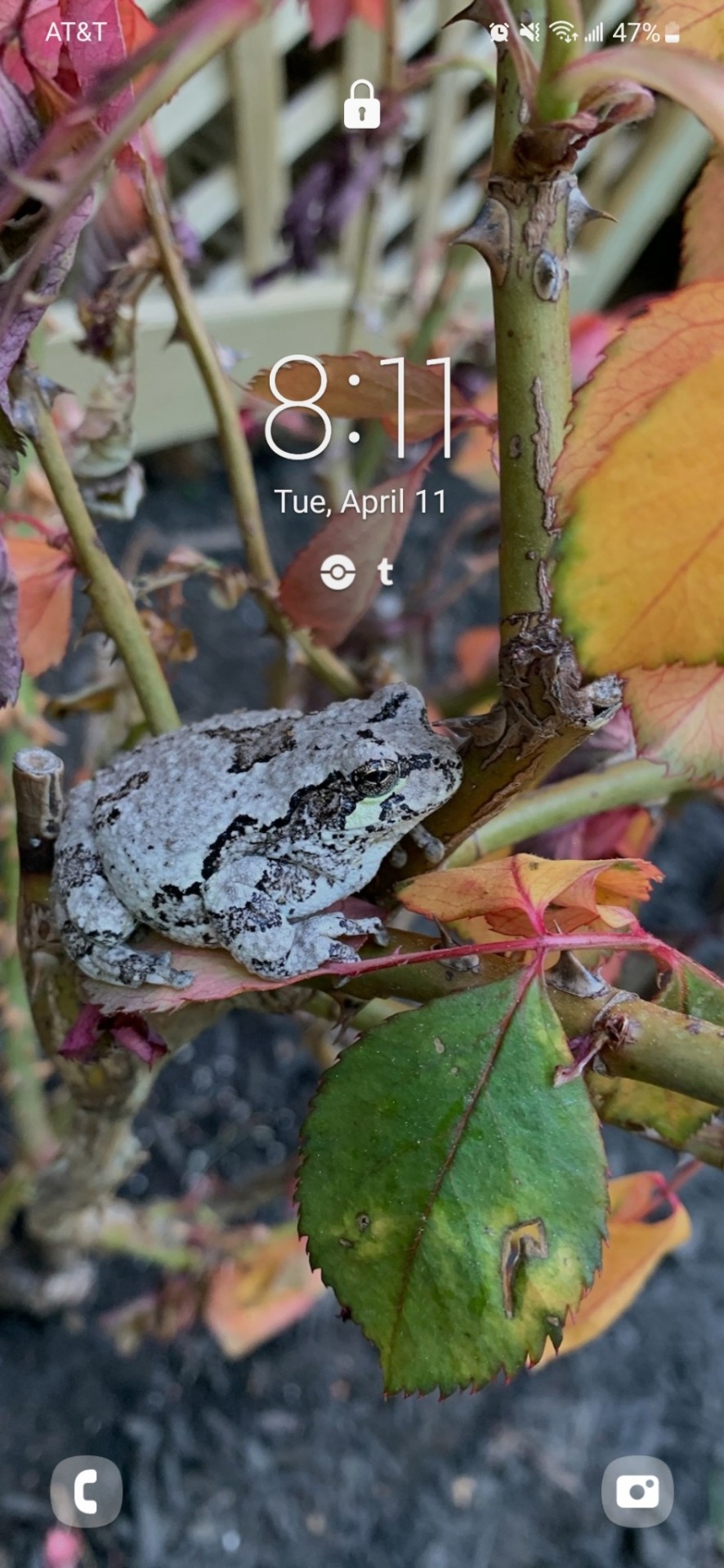

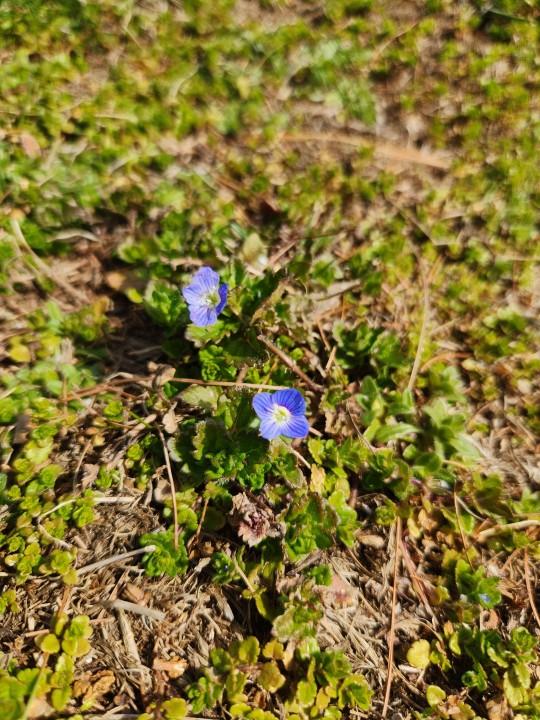
tagged by @wizardcurse (thanks!) to post a photo of my lockscreen (grey tree frog), last listened to song and most recent photo! which is of some flowers I was trying to ID earlier today (bird's-eye speedwell I believe)
I'm tagging @turtlewithatail @pigeonbutch @thejerseybastard @apottovan @bad-jew-jew and whoever else wants to join
19 notes
·
View notes
Text
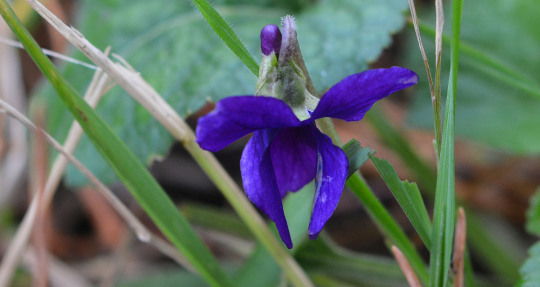

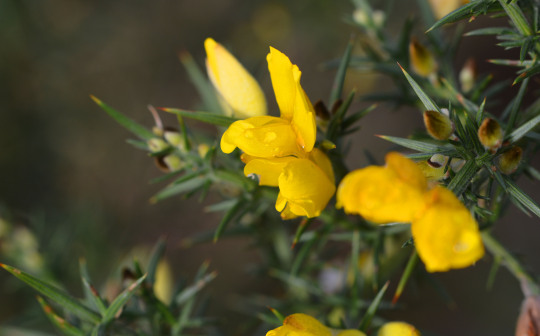

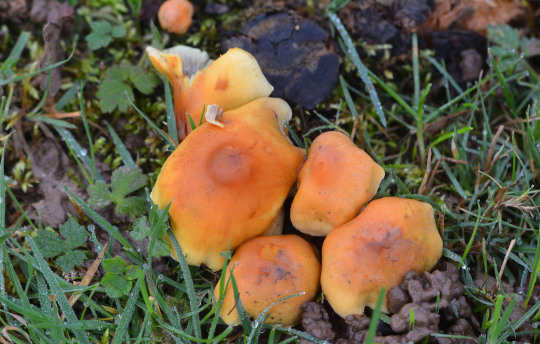
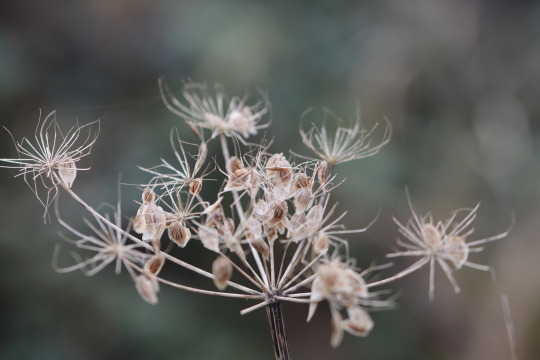
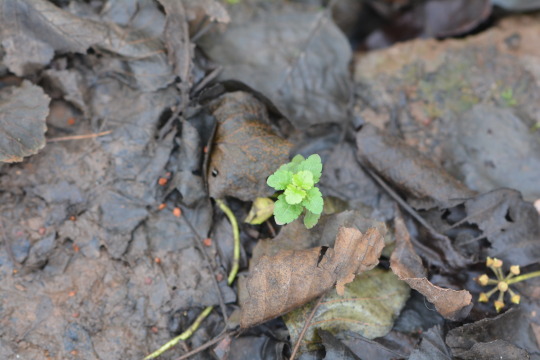


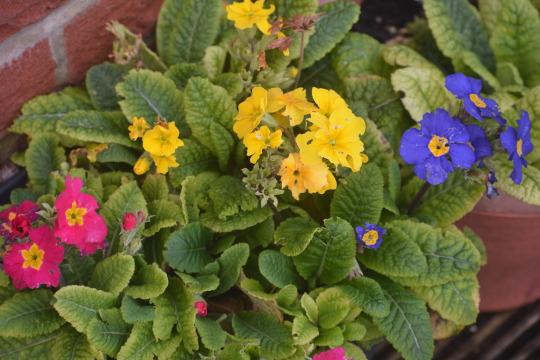
26/12/2023-Boxing Day walks at Lakeside Country Park and bits at home
Flora, fauna and fungi photos taken in this set: 1. A pretty violet I was pleased to find at Lakeside, a key early spring flower for me as the notable point of a fair few flowers being still in flowers morphs into certain species being out in flower early. A fitting flower to see today as that was my Nan's name who always helped make Christmas magical for me as a kid. 2. Woodpigeon in the woods. 3. Bright yellow gorse flower adorned by water droplets. 4. Mallards including an interestingly coloured female. 5. Mushrooms in the southern fenced off area, possibly sulphur tuft. 6. Golden hogweed seed heads. 7. Some speedwell leaves in the woods which have caught my eye of late with some slime mould in shot possible carnival candy slime mould which I've seen a fair bit of lately. 8. Blackthorn sloes which are interesting to see in the eastern meadows in the bushes. 9. An impressive display of fungi around a stump in the southern fenced off area I believe turkey tail. 10. Some beautiful and colourful flowers on the balcony.
It was a great couple of walks at Lakeside for noticing leaves and learning what species they are for some with ivy, spear thistle, clover, green alkanet, oak and bramble also standing out. Cleavers, wild carrot, horseweed, winter heliotrope, dandelion, hazel catkins, old man's beard, hawthorn, rose hips and beautiful privet berries I like their appearance were other plant highlights at Lakeside with steeplebush enjoyed at home with some shoots coming out and the camellia buds starting to form in the front garden. Moss and lichen were good to see too on the walks. Other avian highlights on my walks were vibrant Greenfinches, possible Siskin too, Ring-necked Parakeet heard, Song Thrush singing elegantly which gripped me seeing it well too, Redwings, Blackbird, Robin seen and heard well and immersive views of a Cormorant on beach lake and flying over. House Sparrow, Blue Tit, Great Tit, Long-tailed Tit, Green Woodpecker, Magpie, Jackdaw and Carrion Crow were key species seen very well again. Herring Gull, Moorhen and Great Crested Grebe were good to see too with Starlings and I believe Blue Tit heard at home and the delightful sight as I went out for my second walk of the day of a Pied Wagtail on the ground then on our roof. A great bird that we have had in the garden in winters before which we didn't last winter and not so far this so it was nice to see. I got some great views of Grey Squirrel again and by the violets a fly.
#green woodpecker#robin#song thrush#pied wagtail#photography#outdoors#outside#2023#birdwatching#walking#walk#home#eastleigh#hampshire#england#uk#nature#lakeside#lakeside country park#blackbird#greenfinch#cormorant#speedwell#green alkanet#flowers#plants#leaves#boxing day#europe#december
2 notes
·
View notes